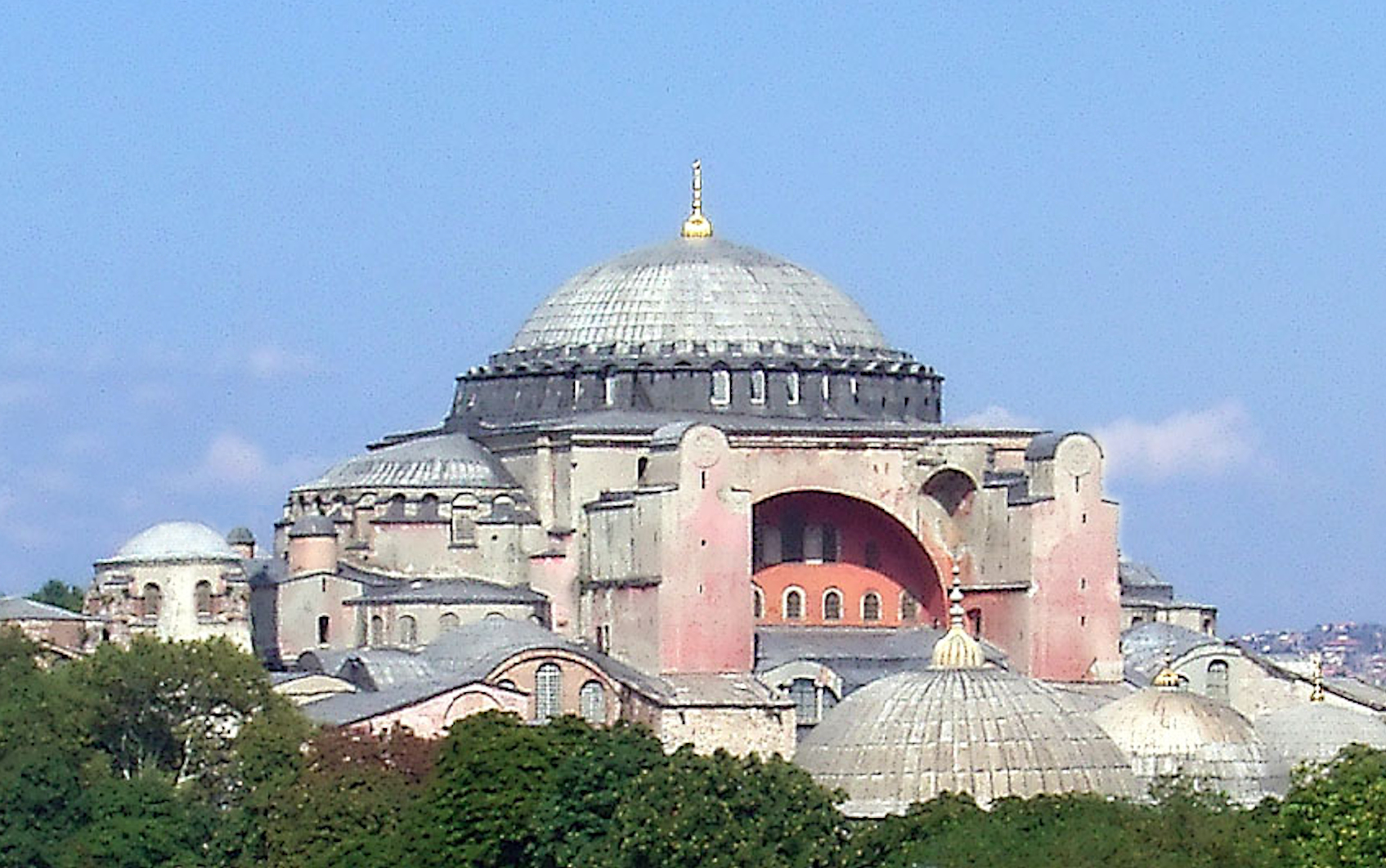by Brent Kostyniuk
If you drive along the Yellowhead Highway between Edmonton and Winnipeg, you will be passing through the Borsch Belt—a vast region of fertile prairie favoured by Ukrainian homesteaders in the last years of the19th century and the early decades of the 20th century—a lasting legacy of those pioneers are the churches they built, with their distinctive domes.
I was introduced to domes as a young boy when, once a year, my father would take me to what he called his “home parish,” the church he had attended growing while up on the family farm. At that time, our own church in Edmonton was a re-purposed Roman Catholic one with a steeple rather than a dome. It displayed little in the way of Byzantine tradition. The country church always fascinated me because it was so different from anything I knew. In particular, I liked to look up at the interior of the wooden dome, painted a pale blue and decorated with gold stars. Lower down, there were angels painted on the walls. Somehow, it seemed being in that church brought me closer to heaven.
The impression I got from being inside that country church was not accidental. Far from simply being an architectural tradition, domes hold deep theological significance. Along with other Churches, Ukrainian Catholics are part of the Byzantine Tradition, which was already ancient when the nation was baptized in 988. It is from the Byzantine Tradition that we take our theology, liturgical practise, and even church architecture. Hagia Sophia, literally SaintSophia which means HolyWisdom, constructed during the rule of Emperor Justinian I between 532 and 537, became the ideal form of Byzantine church architecture. It incorporated the innovative construction technique known as pendentive which allows the placing of a circular dome over a square space.
Although other forms of church architecture have developed in the thousand years of Ukrainian Christianity, the dome is probably the one most recognized both within and outside of the community. It is certainly the one most associated with the Ukrainian pioneers in Western Canada.
Looking up into the dome, you will often see an icon of the Christ Pantocrator. Often translated as Almighty or All-powerful, Pantokrator is a compound word formed from the Greek words πᾶς, pantos – all and κράτος, kratos – strength or power. It speaks of the ability to do anything. Christ Pantocrator is the icon of Jesus seated in glory at the Second Coming. The dome may also be decorated with stars, once again reminding us that as we worship, heaven is brought down to us. It also reminds us of St. Paul’s words: “Therefore, since we are surrounded by such a great cloud of witnesses, let us throw off everything that hinders and the sin that so easily entangles. And let us run with perseverance the race marked out for us, fixing our eyes on Jesus, the pioneer and perfecter of faith. For the joy set before him he endured the cross, scorning its shame, and sat down at the right hand of the throne of God” (Hebrews 12: 1-2)
The walls at the base of the dome are filled with icons of Christ’s Mother, the Theotokos, the saints, and the patron of the church. There are also icons of biblical events, all of which aid us in prayer, particularly the Divine Liturgy. In past times, icons allowed those who could not read to more fully understand their faith.
Christ in heaven above, then the Theotokos, the angels and the saints – the entire universe is presented to us in a Ukrainian church.

Finally, if you have the opportunity to inspect some of the old prairie churches, you will discover a strange anomaly. On the cross over the front door, or perhaps even the one on top of the dome, you will see a crescent moon below the cross bar. This strange custom stems from ancient times when Moslems conquered much of Asia Minor, including the land of the Ukrainians. In a move to prevent their churches from being destroyed, a crescent moon, symbol of Moslem faith, was prominent on the outside of their churches. It was seen as a means of safeguarding the church from invaders even though it possessed no religious significance for the Christians who worshipped inside.
The theological significance of Ukrainian church architecture, and in particular the dome, is profound. Thus, rather than pointing the way towards heaven, as a steeple does, a dome brings heaven to us. As we celebrate the Divine Liturgy, we truly have a taste of heaven.


